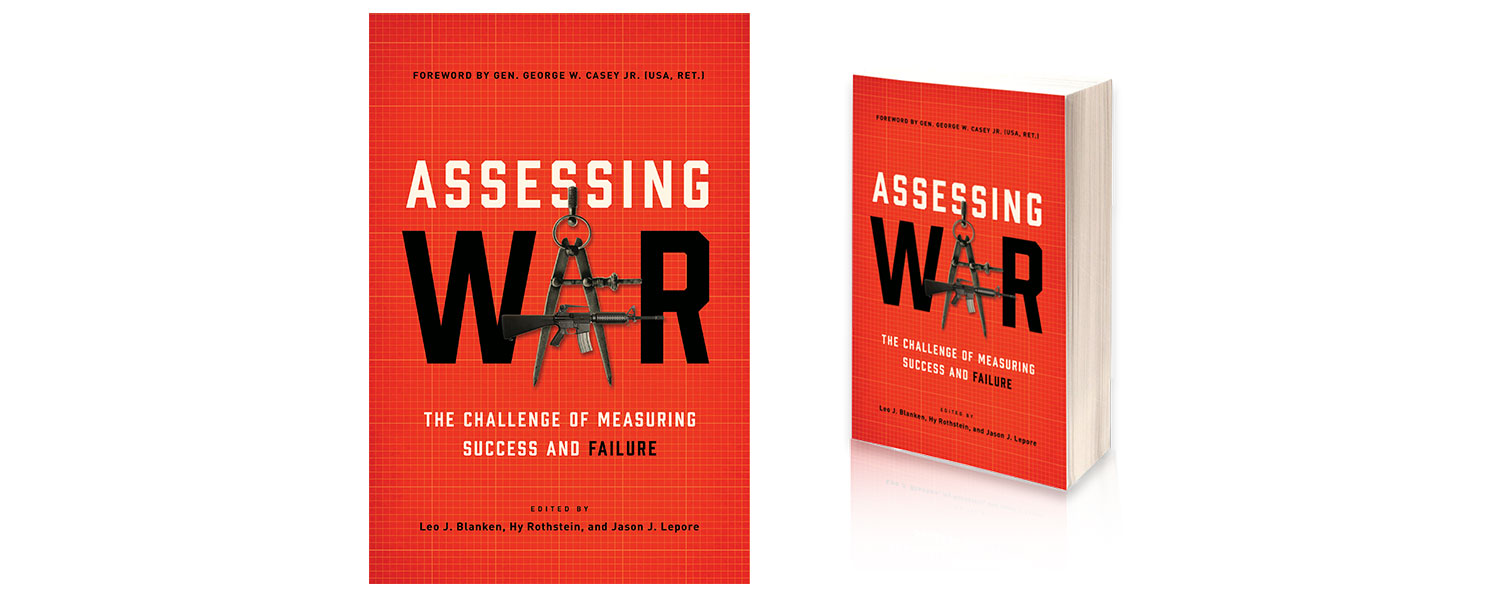CAL POLY NEWS
Shooting for the Stars
By Brian Maxey

When Voyager 1 was launched in 1977, it was the fastest vehicle engineered by humans. Thirty-nine years later, the spacecraft has traveled more than 12 billion miles from Earth. But another method of travel will have to be invented in order to reach distant star and planetary systems because it would take some 70,000 years for Voyager to reach the next star system at its current velocity.
“Not too many people will be around that long. And not too many of us want to wait that long,” said Cal Poly statistics Professor Gary Hughes.
Hughes has another, bolder idea to reach the next star system in a much more reasonable length of time — lasers. Last year, Hughes and partner Philip Lubin, a physics professor at UC Santa Barbara, were awarded a $100,000 grant from NASA Innovative Advanced Concepts (NAIC) to investigate a new way to propel a spacecraft across our solar system and beyond.
The two have developed a project named Directed Energy Propulsion for Interstellar Exploration, or DEEP-IN, that uses photonic — or light-based — propulsion to accelerate a spacecraft to incredible speeds, up to about a quarter of the speed of light.
Under the proposal, an array of lasers will be placed in Earth’s orbit, where they will be focused on light sails attached to a tiny spacecraft, pushing it through space. If their research is correct, the spacecraft would reach our nearest neighboring star system — Alpha Centauri, about 4.37 light years away — in only 20 years.
Bouncing light particles off of a reflective surface, like those on a solar sail, transfers momentum. If a powerful enough light source is shined onto a reflective surface, it would propel that object.
“It seems most of this is feasible,” Hughes said, adding that the hardest part of the proposal might be building an array of lasers large enough. “But there’s no doubt that the technology is there,” he said.
The laser array that would power DEEP-IN has other implications besides propulsion. Other potential uses include deflecting incoming asteroids, illuminating searches for unknown space objects, and analyzing the composition of objects. Hughes and Lubin plan to pursue those applications as more funding becomes available.
The one-year phase-one period for DEEP-IN’s NASA Innovative Advanced Concept grant ended in February. A final report was submitted to the space agency shortly after. NASA will select the most promising phase-one concepts to move on to phase two, which could one day become a NASA mission.
One thing is certain: the unexplored regions of space are vast. But if Hughes and colleagues are correct, those vast, unexplored regions might just feel a little closer to Earth.





